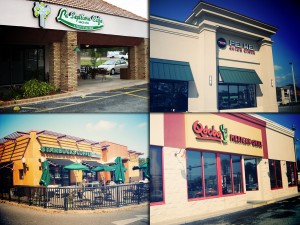
You are starting to imagine every aspect of the new restaurant you are about to open, the satisfied customers, the busy tables and the waiters buzzing round ensuring everything is perfect. You can visualize the space, where the kitchen is in relation to the dining area, where you’re going to greet the multitude of guests and how the menu is going to get them coming back again and again. But prior to thinking about all the operating details of your restaurant, the most important decision that you will make in regards to success or failure of your concept will be the site you chose.
How can you be sure you’re not paying too much? Do you fully understand Common Area Expense charges (CAM) and rent increases? What is your total financial liability for the space? Is it easily accessible for your potential clientele? Do they even live in the area? What is the demographic make up of the location? There are so many questions that need answered. We are going to try to shine some light on these important discussion points on restaurant site selection that you may or may not have considered.
The location selected will impact on the following:
– Worker availability
– Investment from lending institutions
– Parking availability and accessibility
– The sale of alcohol
– The type of customer
– Construction or remodelling costs
– Local ordinances, state and federal laws
– Rent, taxes, insurance, and other business expenses
AND, most importantly,
– Your ability to survive and succeed
Lease. Start-up businesses rarely want to sign long term leases. While understandably wanting to limit downside risk, if you don’t enter in to a multi-year lease and you are successful, the Landlord will gain leverage on the negotiations going forward. Be careful of landlords that ask for rent and a percentage of your profits. While this can be an attractive option for starting out, the terms can also be more expensive in the long term.
Do you fully understand what the excess charges are in the lease (CAM)? Are the center’s CAM charges in line with the others in the area? Are there built in profit centers in theCAM? CAMshould be a pass through expense, but it is not uncommon to see landlords pad this number with excess fees and potentially transfer non-operating expenses through to the tenant.
Zoning Restrictions. The local zoning and planning board will provide information on whether the site can even accommodate a restaurant.
The shape of your lot or building. Can people drive in and out easily? Does the shape obstruct visibility from the street? Will the garbage man have trouble emptying your dumpster?
Consider how many seats you can fit in your restaurant. Does the building face directly in to the sun?
The sale of alcohol. Unless you definitely will not be selling alcohol, you must be sure you can obtain an alcohol license for your restaurant.
Utilities. Do you have enough power? A painful lesson would be to find out after you legally commit to a lease that there is not enough to handle the electrical load. This is an important and often confusing area. It frequently requires that you seek the advice of an architect or engineer to look in to the situation to ensure the power is adequate for your business. The same goes for the gas, sewer and HVAC system.
In the City Center. If you decide on a location in a downtown area you may have to make some serious building modifications to your HVAC system to ensure you are meeting all necessary regulations. Exhaust vents, precipitators, sewer and grease traps are often not as easy to fit as you may think and can cost far more than you originally budgeted for. Consider your logistics carefully. Will trucks be able to make deliveries without encountering difficulties? What about trash collectors?
Speed of Traffic/Accessibility. Put yourself in your customer’s shoes. Can they enter your site without causing an accident? Are they driving so fast that they can’t see your sign? There is a reason that the national chains favor intersections and areas close to traffic lights. Is there a median separating you from one side of the traffic. This might not be an issue if you are on the right side of the road for your particular concept (i.e. an Einsteins Bagels can be perfectly at ease on the inbound side of morning traffic towards a concentrated work area)
Parking. Always study parking arrangements for your site. It is vital that you have enough spaces to allow for a full restaurant. Depending on the concept, most restaurants sites should not be less than 6 spots per 1000 sq feet. Many restaurants need at least 10 spots per 1000 sq ft.
Previous Ownership. Always investigate what the location was before. Did it go out of business? If so, why? What do the neighbors have to say about it? What suggestions can they give you as to how to improve it? Can you speak to the old tenants?
Visibility. If potential customers are unable to see your site clearly, this is a serious problem. Where possible, you want your building to be visible from both sides of the street. There are laws as to what signs you can use, so make sure they do not violate billboard ordinance.
If you have decided on a site in a shopping centre, give serious consideration to end locations over mid strip locations and a corner lot (if out on the street) is always preferable to a middle-of-the block site.
Signage. Front facade signing that can be seen from at least 100 to 200 feet away is essential.
Interior design flexibility. Even if an attractive location is a peculiar shape, it does not mean you have to reject it before conducting further review. It is prudent to think about how best to utilize space, interior ergonomics and what sections of the location are best for which job. It can actually help if you plan to expand at any point. A particular room may not be especially useful to begin with, but further down the road in business it could be.
Accessibility. All accesses within your building, be it the restaurant area, emergency exits or the parking lot, should be easy to get in and out of. Look out for sections that could be problematic. Try to think of it from a car and pedestrian standpoint. Is there anything that could seriously affect your trade? Construction works, high speed traffic or awkward intersections are all things to be concerned about.
Remember that the Americans with Disabilities Act (ADA) requires businesses to provide ramps for handrails, wheelchairs, handicapped parking spaces and accessible toilets. This is important in order to avoid a visit from the Department of Justice and definitely something you want to discuss with the landlord at time of negotiation and not after the lease has been signed.
Restaurant Density/Clusters. Where are the other restaurants in town? While competition around clusters can be fierce, there is already an established client path. This might mean a shorter period to break even. However, you had better be ready! Do a GAP analysis to see if there is a need for your concept. If there are too many similar concepts, the competition with established kitchens might be too much to overcome.
Location, Location, Location. Seems simple enough. Go to where there are people….LOTS OF THEM!
Demographics. Who is your clientele? Where are they located? Can they afford your food? Will they even LIKE your food type?
-Singles
-Families
-Office personnel
-Retirees
Pull demographic data and make sure it is a fit.
Second Generation Space. There are only two ways to obtain a new site. One is to occupy an existing structure (second generation). The other is to build from the ground up. Understand that even poor concepts can exist for long periods of time in a great location. Second generation spaces are very tempting, because the hood, traps, and permits are already in place. But you need to consider that a second generation might have serious logistics or visibility issues that caused the previous restaurant to leave the location.
Summary. It’s an exciting time to be opening a new restaurant location, but besides the restaurant operations, the location of your restaurant might be the single most important action you take in regards to the success or failure of your new concept. Many exceptional concepts fail to succeed not because they don’t have the right concept, but rather select a location that is not ideal for the concept. Overlooking any slight detail, law or structural defect could be detrimental to your business and your bottom line. While there are many more details that need your attention than what is listed here, hopefully, we have provided you with some things to think about with your search. Best of luck!


